
Buying groceries used to be easy: you chose what you liked, paid and returned home. However things have become a bit more complicated recently. Due to constant tariff wars between countries, the price of a lot of foods continues to rise. Prices are slowly rising so subtly that you realize it too late. All these trade wars are increasing the prices in hidden ways that even the most budget savvy customers may not realize. Let’s take a closer look at nine ways these tariff wars could be putting a dent in your wallet next time you shop.
1. Higher Prices on Fresh Produce
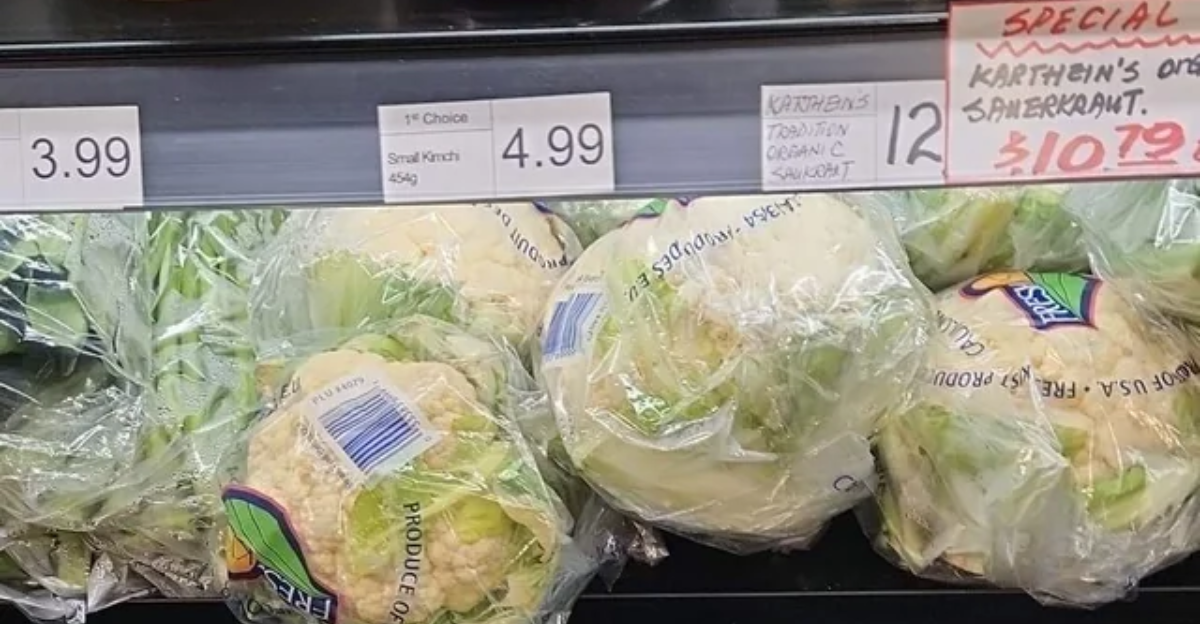
Most of the fruits and vegetables that are sold in the U.S. stores are imported into the country mainly through Mexico, Canada and China. Due to the new tariffs, the expenses of importing these foods to the country has risen. Avocados produced in Mexico have a 25 percent tariff increase which will hike up the price of guacamole. Given that fresh produce is a large portion of most people’s diets, its price can add up easily. This means you might pay more for a lot of fresh food at the grocery store, affecting your overall food budget.
2. Increased Meat Prices

Beef and live cattle are heavily traded between the United States and Canada. This trade serves to stabilize meat prices and make them affordable to customers. But once these products are subjected to tariffs it increases the cost of importing and exporting. These increased expenses are frequently the cause of elevated prices in beef and pork at the grocery stores. Due to meat being a large portion of many people’s diet, any rise in prices is going to influence household budgets. Tariffs on beef and live cattle can therefore bring it upon the family to spend more to purchase the meat they require.
3. Impact on Imported Grains and Cereals

Grains, such as rice and some varieties of cereals, are not produced domestically, and the U.S. depends wholly on imports. With the added tariffs on these imported grains, companies will increase the price of breakfast cereals, bread, crackers and other products made to meet their expenses. Given that grains are staple foods in many homes, an increase in prices may impact many more foods, and hence increase the grocery bills and stress family budgets further.
4. Packaged and Shelf-Stable Foods Aren’t Safe Either
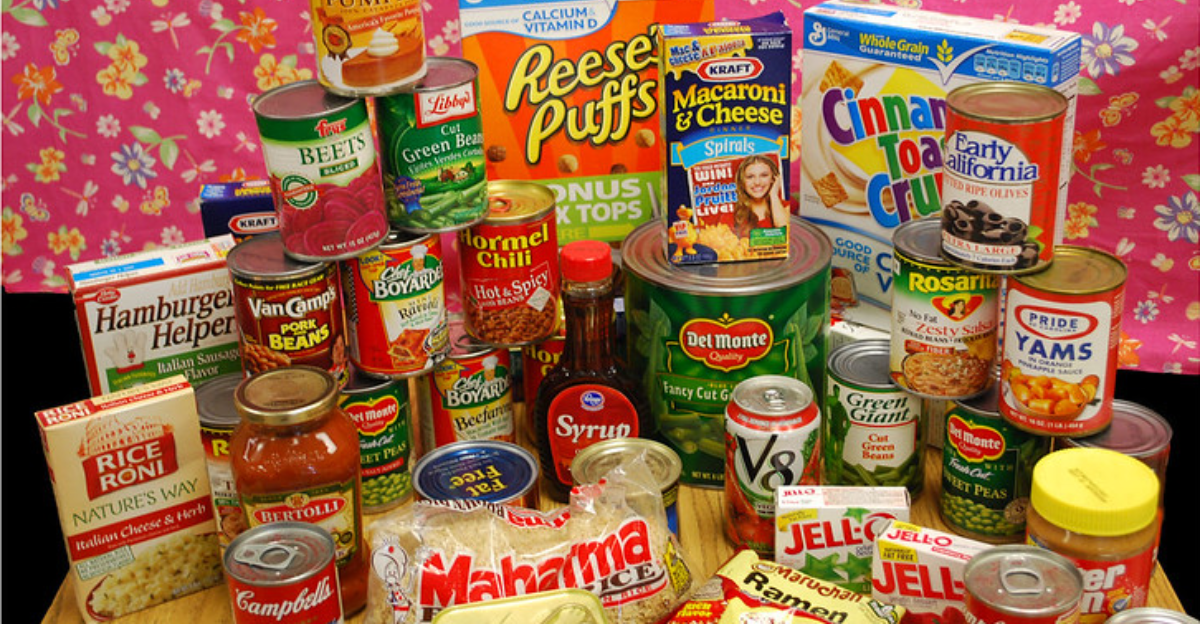
The tariffs will not only make fresh foods expensive; they will also make packaging supplies such as plastic, cardboard and metal expensive. These additions are significant in most of the packed and processed foods you have in the pantry. Increased packaging cost means that companies are forced to invest more to manufacture and transport their goods. The result tends to be passed on to the products such as canned food, snacks, frozen foods and other processed foods thus increasing prices.
5. Increased Prices for Coffee and Tea
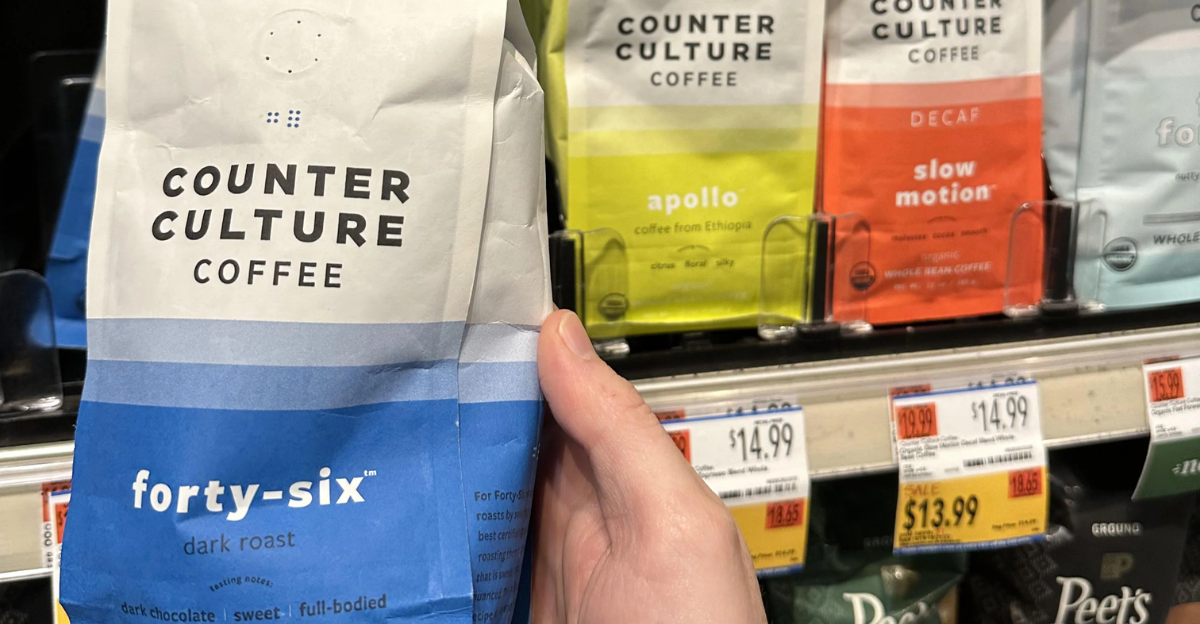
One of the main imports supplied into the country is coffee. And another one is tea. These are also subject to the tariffs war that caused an inflation on their prices. This means the grocery stores can increase the prices of coffee beans, ground coffee, and tea bags. To most people, coffee and tea are staples and increased prices can affect a lot of household finances. Tariffs may also restrict lower supply of some speciality or fair-trade products, diminishing consumer choice between a wide range of flavours and brands.
6. Shrinkflation: Smaller Packages, Same Price

Shrinkflation occurs due to the decision of companies to reduce the size of the packages and maintain the price. Rather than increasing prices, they are selling less product within. It implies that you pay as much but receive fewer products or services. It is one of the methods that manufacturers can employ to counter increased costs without severely communicating price rise. This may be frustrating to shoppers since you are not getting as much as you used to get with your money. Shrinkflation also might cost you money in the long run even though the price displays still seem the same as you would need to buy more of the same product eventually.
7. Price Hikes Vary by Store Size and Supplier
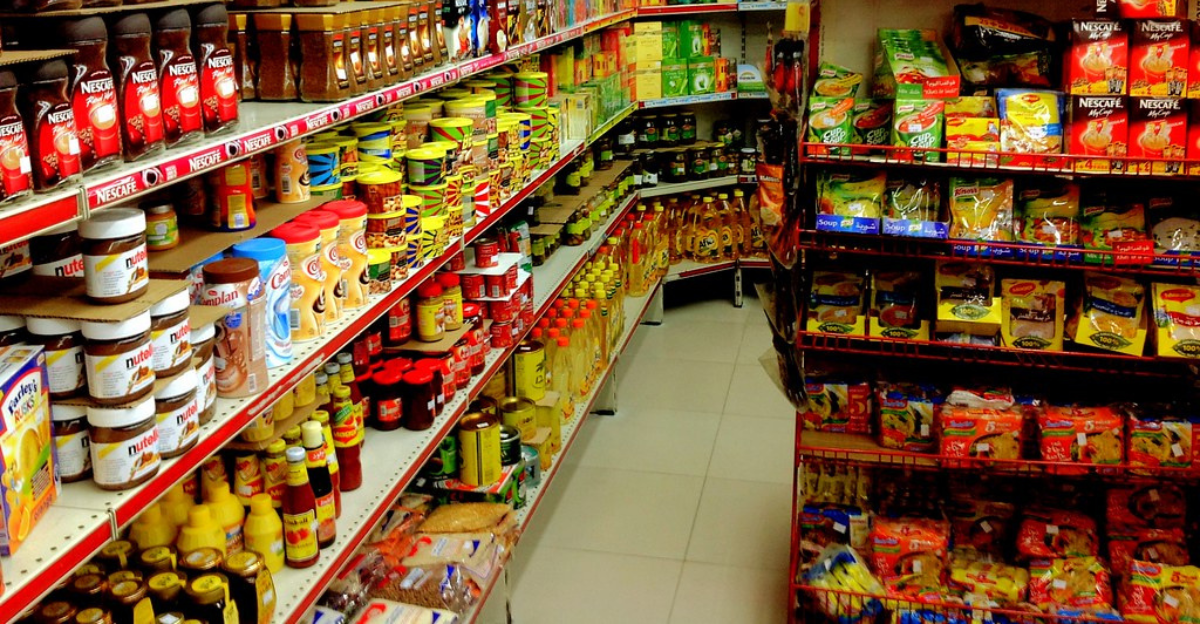
Tariff-related price increases do not have the same impact on all stores. Larger chains such as Walmart or Costco usually have more resources with greater inventories, this somewhat allows them to take the edge on higher costs temporarily. Because of that, they don’t need to increase the prices of groceries immediately. Smaller groceries and local suppliers, on the contrary, tend to have lesser resources and inventory. This means that they are usually forced to increase prices frequently to make up for the extra expenses. This results in local neighbourhood grocery stores increasing prices earlier than the larger stores where you do business.
8. Supply Chain Disruptions and Reduced Availability
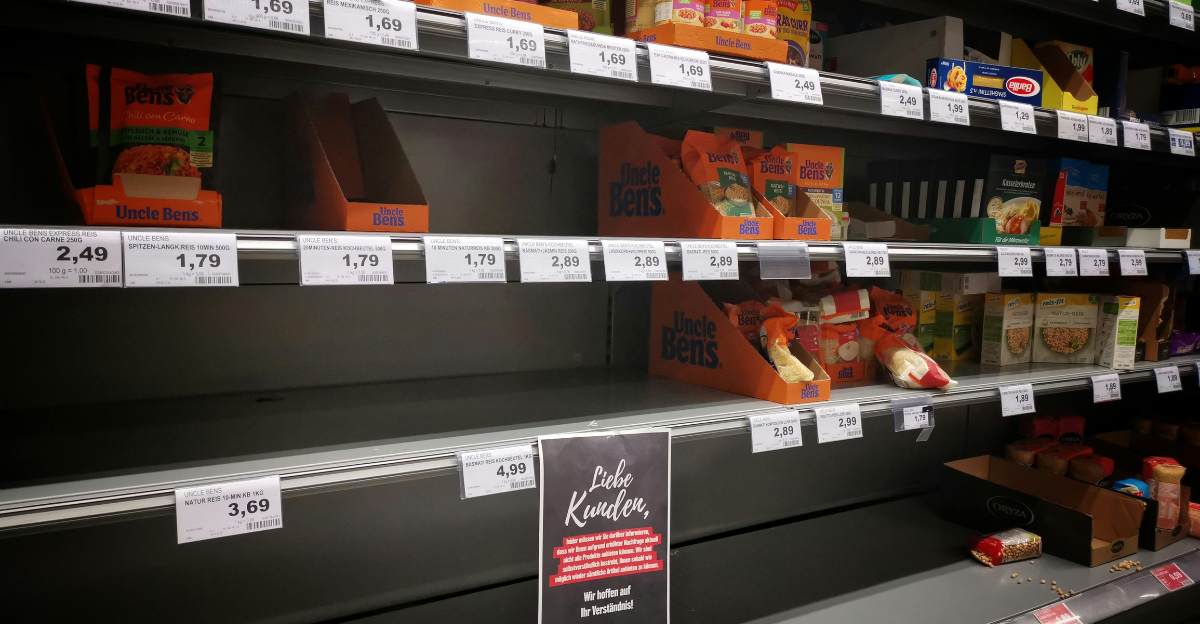
Tariffs have brought significant problems to supply chains where businesses cannot access the products they require in time. Increased costs of imported commodities due to tariffs means that some companies have to reconsider their locations to supply materials and other methods of transportation. It may cause longer queues and less dependable deliveries. To the grocery stores, it implies that there will be scarcity of some products, particularly those with high importation rates and may be out of stock in shelves for a certain period of time. Customers could find more limited options and bare shelves in place of products, as companies adapt to these new market realities and cost pressures.
9. Higher Transportation and Shipping Costs
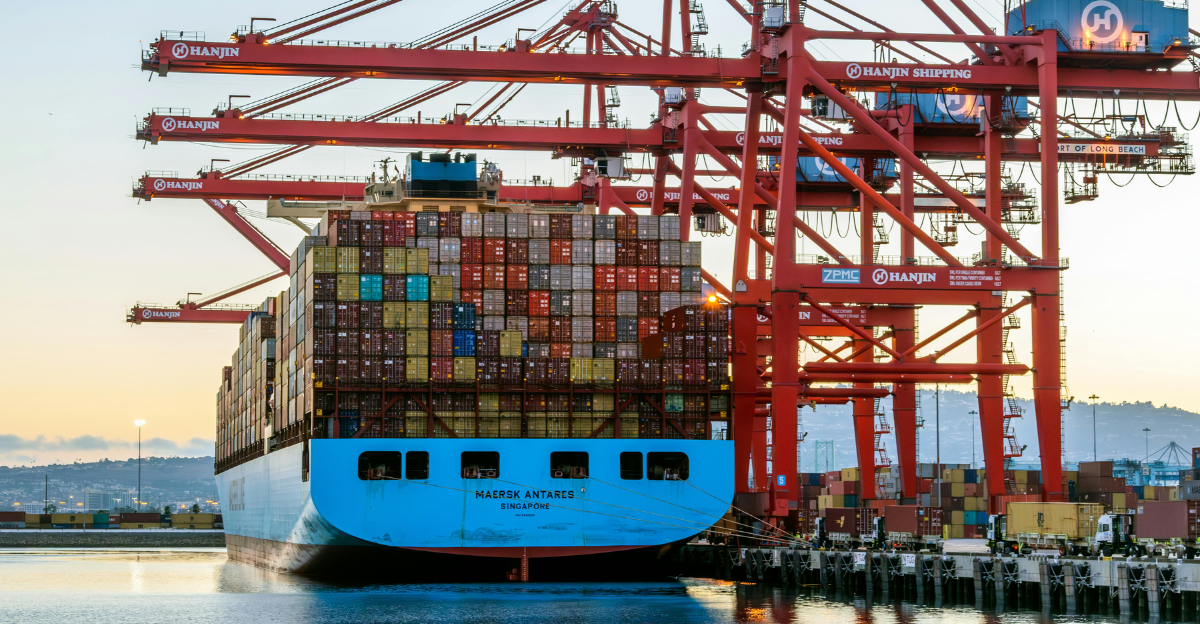
Tariffs have the ability to interfere with trade agreements and supply chains, and this adds up transportation and shipping costs. Where costs of shipping increase, the companies tend to transfer such added costs to the consumers by increasing the cost of groceries. This does not only affect imported goods but also goods produced in the country which are dependent on another good or ingredient produced in other countries. The result is that the total expense of transporting food from farms and factories to the shelf rises. These additional costs can increase your grocery bill even in products that don’t have direct tariffs.
